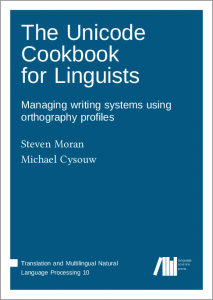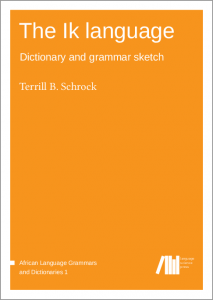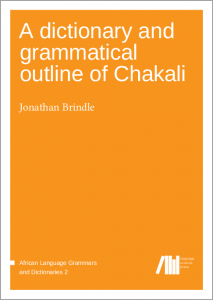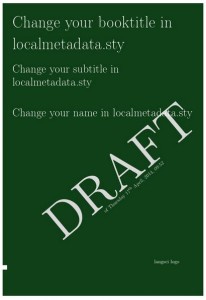Attribute-value matrices, also known as feature structures, are used by various theories to describe linguistic objects and their complex properties. Among others, they are used in HPSG and LFG, and so several of the books submitted to Language Science Press depend on a comprehensive and user-friendly way to input them to LaTeX.

An example structure created with langsci-avm. See the Section “Example 1” below for how to create this AVM.
Our users almost always use the avm package or the extended avm+, of which an unkown amount of modified versions are circulated online. The original avm package is not a bad package at all, but it has not been updated for some years, which has led to problems. For example, some of the versions assume that the old font selection commands, \it, \bf, etc. are still used, which should be avoided in modern documents. Continue reading








